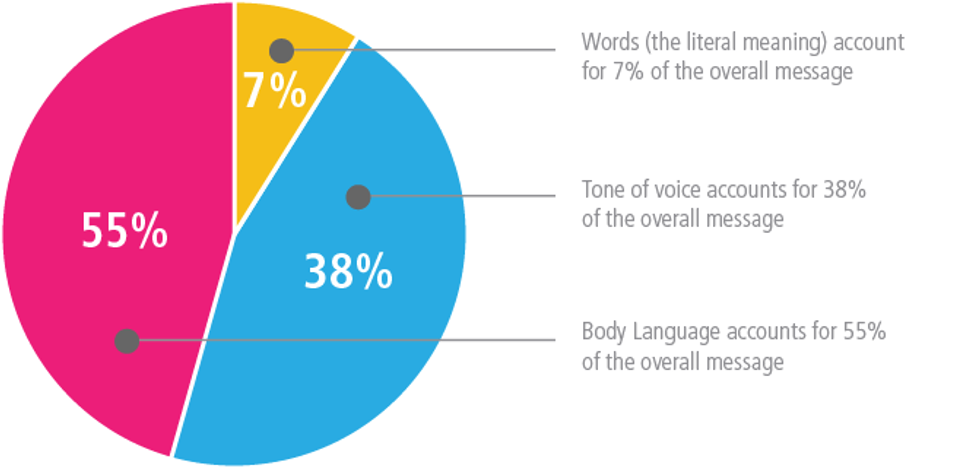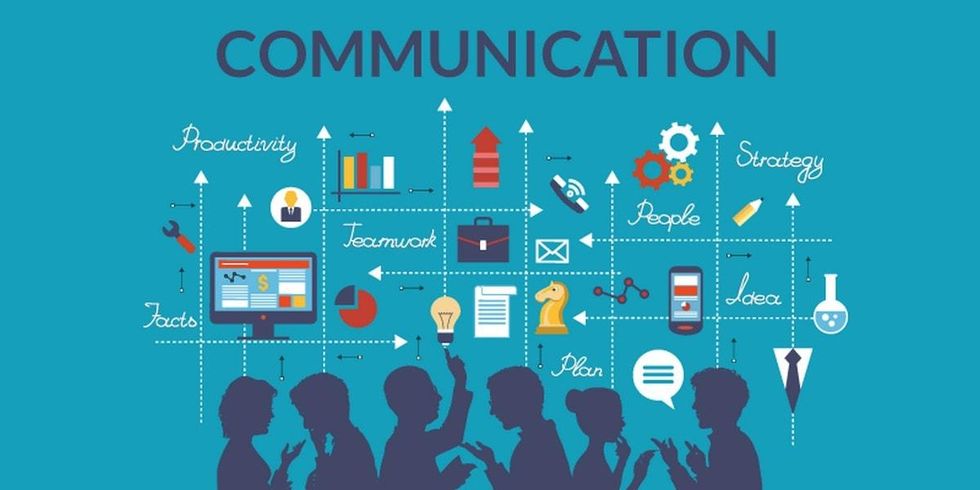
What is the most important thing about verbal communication? Actually communicating! Most people associate the two components of verbal communication with talking and listening. Successful verbal communication is when both parties have the opportunity to speak and exchange information.
Some of the important verbal communication skills are the same as written communication skills (and you can check out my written communications article).
Some of the key verbal communication skills are:
- Know your audience including the level of formality as well as cultural differences (board of directors v. potential customer v. your BFF)
- Be succinct and try not to ramble but have deliberate pauses
- Be aware of your tone (not monotone), cadence of speech, etc.
- Be careful using complicated words, slang, and technical jargon
When actively listening—which is more than just hearing:
- Maintain eye contact, but don’t stare or purposely avoid eye contact
- Don’t interrupt; let the other person finish their thought
- Comprehend and retain what is being said
- Pay attention to what they’re saying, ask questions when they pause, and respond/provide feedback (if appropriate)
- There is a saying that we have “two ears and one mouth” so we should spend more time listening than talking
But there is more than just talking and active listening. There is a third component: nonverbal communication.
What To Know About Nonverbal Communication

Did you know that nonverbal communication (such as facial expressions, body language, posture, dress, etc.) accounts for ~93% of the conversation? Yes, that means only ~7% of the communication is the actual message.
If your conversation is virtual (even more so than in person) then you’ll need to pay extra attention to the nonverbal cues. Is the other person constantly looking away, having their arms crossed, or fidgeting in their seat? If so, you may need to stop and ask if they have any questions or even change the cadence of your speaking.
Despite being cognizant of the above, many individuals are simply uncomfortable speaking in front of people. If you avoid public speaking at all costs, the good news is that there are many resources to help overcome these fears and build confidence. A few ideas include practicing speaking (in front of a mirror), reading public speaking books, and joining a Toastmasters club.
Communicating In The Office

At the office, employees expect transparent communication. This includes taking the time to check in with them as well as being available when individuals want to talk with you. I’ve never heard anyone complain that there was too much communication.
When having team meetings, ensure that everyone has the opportunity to speak and be heard. Team members need to be authentic and feel safe expressing their opinion to the group. If you’re having a brainstorming session, the team should encourage diverse ideas and perspectives which will lead to a more innovative discussion and solution.
For more information on the importance of verbal (and nonverbal) communication skills, follow me on LinkedIn!
- The #1 Habit Executives Need To Lead In A Crisis - Work It Daily ›
- 6 Tips On B2B Marketing Communications - Work It Daily ›
- How To Communicate Effectively At Work And At Home - Work It Daily ›
- 4 Core Values That Every Organization Should Have - Work It Daily ›
- How Important Are Good Written Communication Skills? - Work It Daily ›
- The Importance Of Strong Verbal Communication Skills - Work It Daily ›
- What Are Non-Verbal Communication Skills? - Work It Daily ›
- Why You Need To Use A Microphone For Public Speaking - Work It Daily ›









